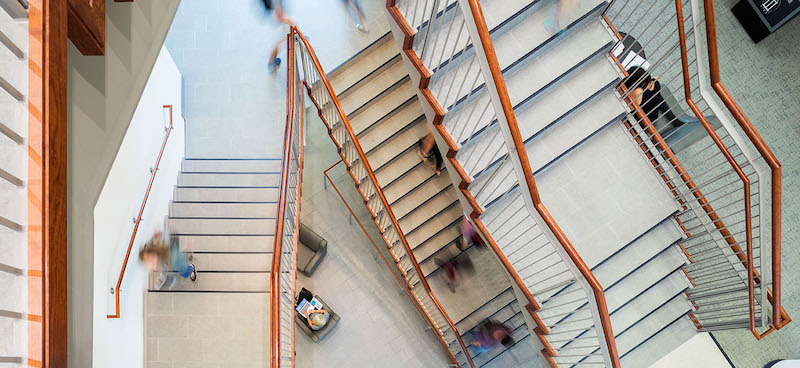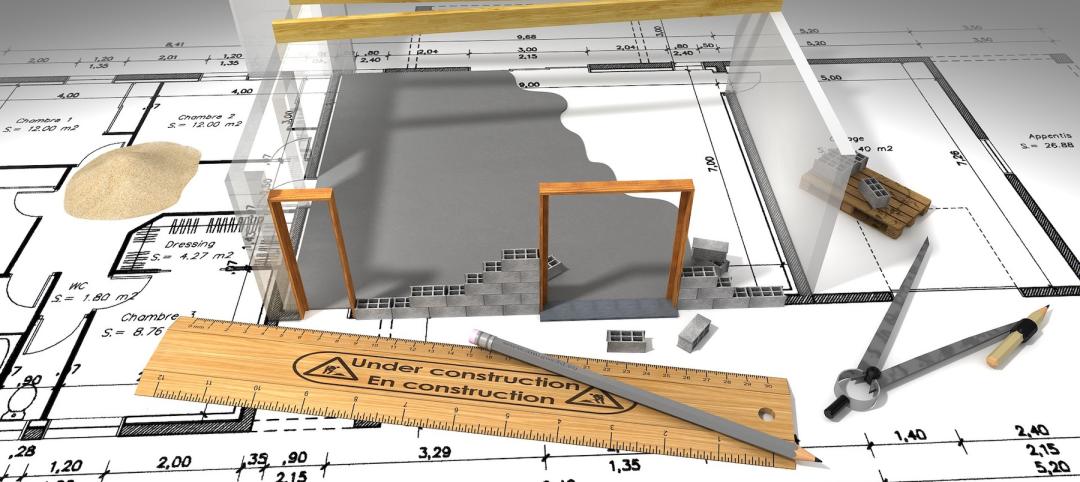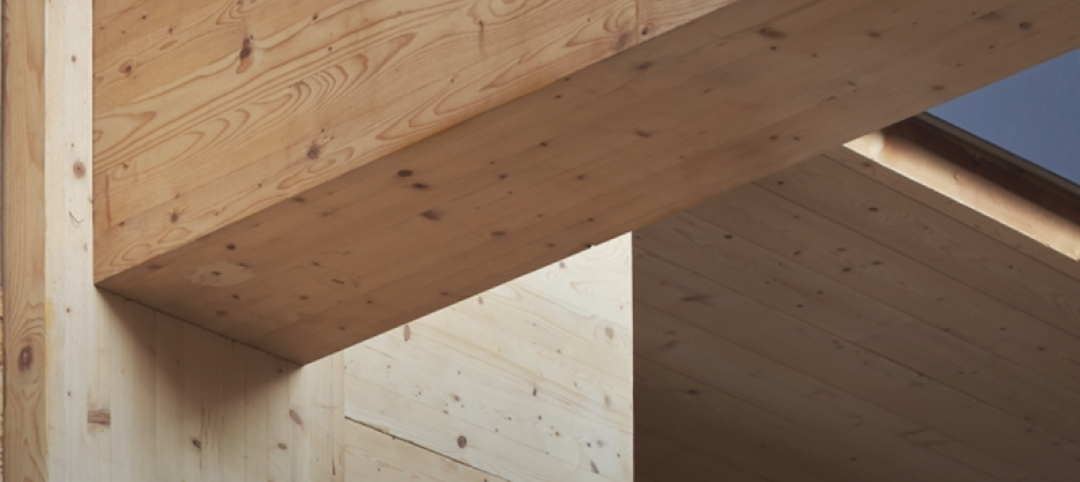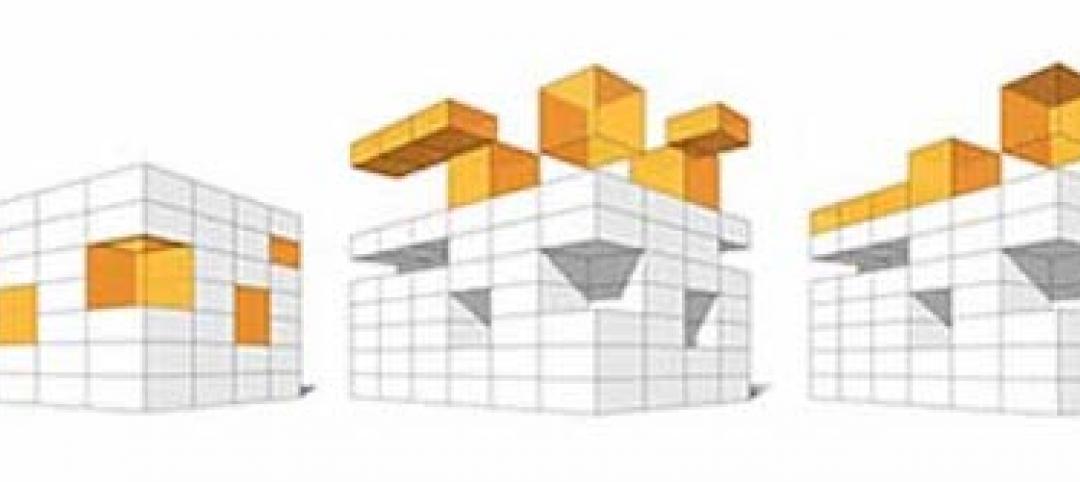The POE, or post-occupancy evaluation, has become a commonplace term in design and construction. And while practically everyone in design, from industry to academia, uses the term, there are massive variations in what POE actually means and does. Clarity is needed! Let's start by addressing five widespread myths about POE.
Myth 1: Everyone knows what a POE is
Many assume that post-occupancy (POE) is a clearly-defined term and concept - there have even been numerous books written on the subject. But the meaning of POE in practice remains wildly inconsistent. The term is generally used in the context of assessing the "success" of a new, renovated, or expanded building project sometime after occupants move in. It can be as simple as a documentation of building outcomes such as energy use. It could include some instrument measure of the ambient environment. It might include qualitative and/or quantitative information about the experiences of users in relation to the facility. The measures could be appropriately validated or made up on the fly by those conducting the POE. Put short: there's a lot of variation.
There's great value to be had if we ask and describe what we actually mean by POE, rather than throwing the term around as if we all already know.
Myth 2: The best time to conduct a POE is after a new facility is completed and occupied
It's time to take the "post" out of POE and and change the mindset that facility evaluations happen only after a new or renovated building is occupied. Evaluation before a project begins, in an existing facility, allows for documentation of changes in outcomes in the new/updated facility and can help the owners understand the real impacts of capital investments.
But facility evaluation is valuable beyond the bounds of a given design or building project. Facility evaluation is a strategic endeavor that can be conducted on behalf of owners at any time in the building lifecycle. Formal evaluations can be used to comparatively assess facility performance, and may address the larger context of campuses and systems in light of organizational priorities and goals. Facility performance evaluation should be an essential component of the strategic facility planning process, as it can document a range of 'current state' outcomes, providing a solid foundation for improvement.
Myth 3: POE results only benefit architecture firms, and are not useful for client organizations
If a facility evaluation is well-defined and clear in its purpose, it is arguably far more valuable to the client than to the design firm. After all, clients are the ones who have to live with their buildings long-term. Feedback on facility performance, including impacts on building occupants, is essential to inform smart decision-making in capital planning. In systematic, high-quality evaluations, clients often uncover organizational issues and changes that can be made to improve operations and workflow without engaging in a large-scale building project. Sometimes they confirm or learn that aspects of under-performing facilities must be addressed. Formal measurement also facilitates greater accountability for ultimate outcomes through the planning, design, and building process.
Myth 4: POEs are too expensive
First of all, the cost of a facility evaluation is a drop in the bucket on large-scale projects. But even on small projects (and even when there is not a specific building project at hand) we consistently see the outsized value that POEs produce. Additionally, a quality facility evaluation doesn't have to be expensive. An evaluation plan can be structured to optimize the budgetary and goal-based needs of an organization. At HDR, we have developed a modular approach to facility evaluation. From our library of validated tools and instruments, we can customize evaluations based on an organization's particular needs.
Close partnership with our clients enables us to develop facility evaluations that align to budgetary constraints and meet the needs at hand. the value typically far exceeds the cost, and can inform decision-making for both current and future facilities.
Myth 5: POE results are always useful
Many POE's are purely descriptive studies focused on highly-simplistic assessments of satisfaction. How often have you heard someone present POE results and say something like, "90% of users are satisfied with the new facility"? That's nice, but what does it really mean? And more importantly, how is it useful? A facility evaluation needs to tell us more than how many people are satisfied with their new digs.
A more useful approach collects and analyzes information about aspects of design and their associations with outcomes that are important to the organization. For example, we recently conducted a comparative evaluation of 18 facilities in a health system, and found that measures assessing facility design were significantly correlated with the outcome of effective employee collaboration. Although we cannot infer causality from the cross-sectional study design, the results do provide the organization with useful and applicable feedback about facility characteristics that may likely support an important employee outcome. Both they and the designers who work on their projects can apply this knowledge to their future facility plans.
In planning facility evaluations, we should always articulate clear questions whose answers can have actionable impact.
More from Author
HDR | Jun 30, 2022
Adopting a regenerative design mindset
To help address the current climate emergency, a new way of thinking across the entire architecture, engineering and construction industry is imperative.
HDR | Jan 11, 2022
Designing for health sciences education: supporting student well-being
While student and faculty health and well-being should be a top priority in all spaces within educational facilities, this article will highlight some key considerations.
HDR | Sep 28, 2021
Designing for health sciences education: Specialty instruction and human anatomy labs
It is a careful balance within any educational facility to provide both multidisciplinary, multiuse spaces and special-use spaces that serve particular functions.
HDR | Aug 20, 2021
Prioritizing children’s perspectives with play-based design charrettes
Every effort is made to assure that captured insights and observations are authentically from the children.
HDR | Sep 25, 2020
Performance-based textile cleaning and disinfection in the age of COVID-19
It is essential for both designers and environmental services to know the active ingredient(s) of the cleaning products being used within the facility.
HDR | Jan 27, 2020
Elevating the human experience in public realm infrastructure
Understanding the complexities of a community by pairing quantitative data and human needs.
HDR | Oct 2, 2019
Why mass timber?
In a world where the construction industry is responsible for 40% to 50% of CO2 emissions, renewable materials, such as wood, can help mitigate the rate of global warming.
HDR | Aug 23, 2019
5 converging trends for healthcare's future
Our solutions to both today’s and tomorrow’s challenges lie at the convergence of technologies, industries, and types of care.
HDR | Dec 18, 2018
Redesigning the intergenerational village: Innovative solutions for communities and homes of the future
Social sustainability has become a central concern in terms of its effect that spans generations.
















